Here, you find my whole video series about Multidimensional Integration in the correct order and I also help you with some text around the videos. We will need some knownledge from the Multivariable Calculus course and the Measure Theory course. If you have any questions, you can contact me and ask anything. However, without further ado let’s start:
Part 1 - Lebesgue Measure and Lebesgue Integral
Let’s start the video series by stating the definition of the important Lebesgue measure. To understand the whole construction, you have to watch my Measure Theory course. However, even if you didn’t watch it, you should grasp the essential properties this measure has. The conclusion in the end is that we have a much more powerful integral on the real number line. This one generalizes the Riemann integral, you might know from Real Analysis.
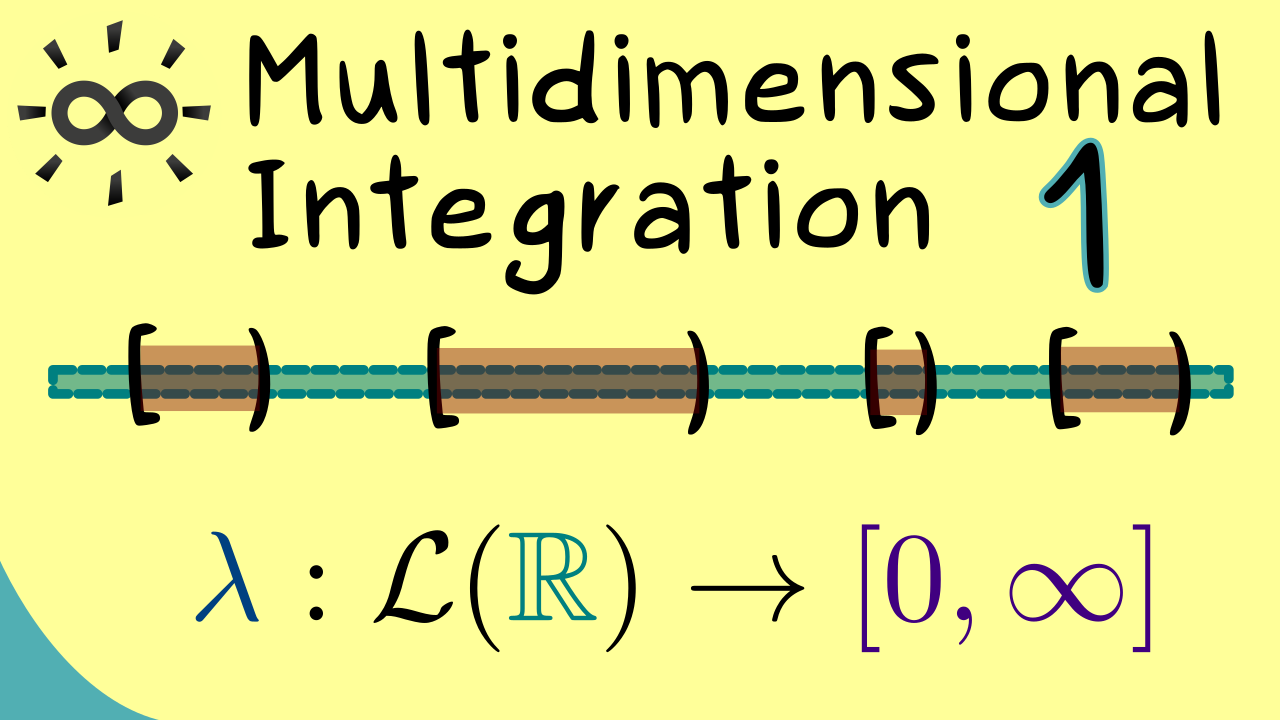
Part 2 - The n-dimensional Lebesgue Measure
In the second part, the power of the general Lebesgue integral comes really through. It’s no problem at all to generalize everything quickly to higher dimensions. This is something where the Riemann integral really struggles with, but with the Lebesgue integral, everything is simple and fast.
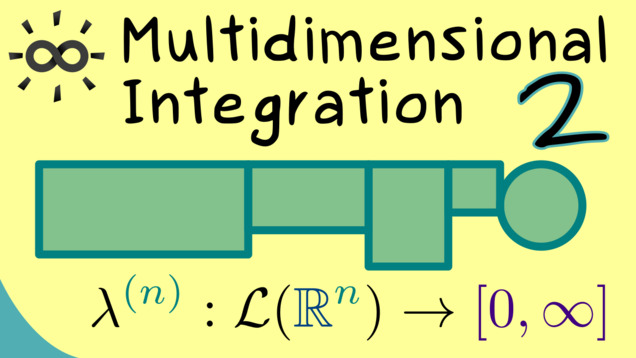
Part 3 - Fubini’s Theorem
You might already know that higher-dimensional integrals can be solved by transforming them into one-dimensional integral and solving them. This procedure is known as Fubini’s theorem or Fubini-Tonelli theorem. It works under mild assumptions for the functions such that one can say that it is really a universal tool to solve integrals. In this video, we will discuss these assumptions and the correct formulation.
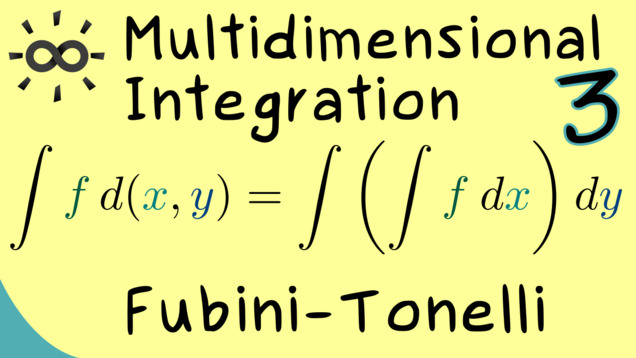
Part 4 - Fubini’s Theorem in Action
We present the usage of Fubini’s theorem by considering a simple two-dimensional example.
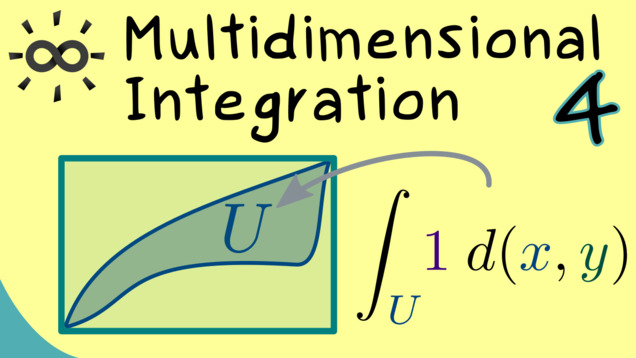
Part 5 - Change of Variables Formula
As an important integration technique for solving one-dimensional integrals, we know the so-called substitution rule. It turns out that one can generalize that to $n$-dimensional integrals as well and there it is known as the change of variables formula. The key ingredient there is the Jacobian determinant of a chosen diffeomorphism, often called $ \Phi $.
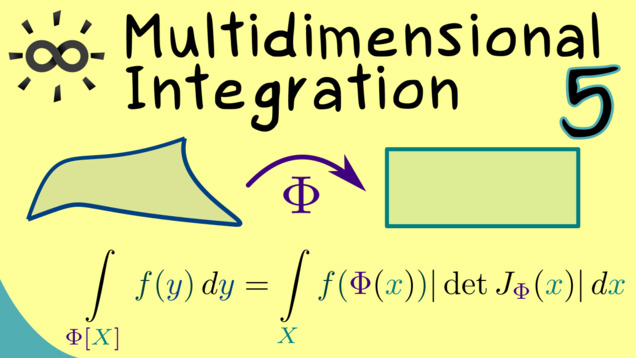
Part 6 - Example for Change of Variables
Let’s look at an example calculation for the change of variables formula and also for Fubini’s theorem.
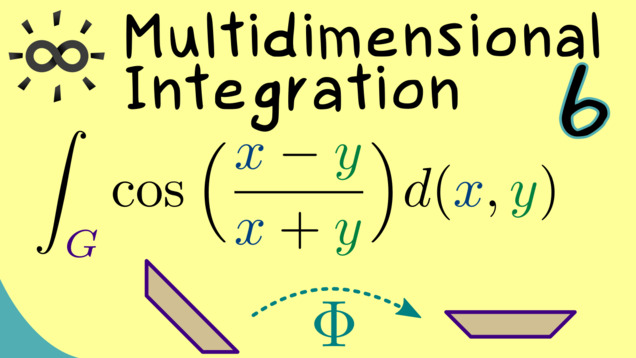
Summary of the course Multidimensional Integration
- You can download the whole PDF here and the whole dark PDF.
- You can download the whole printable PDF here.
- Ask your questions in the community forum about Multidimensional Integration
Ad-free version available:
Click to watch the series on Vimeo.